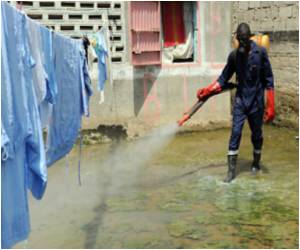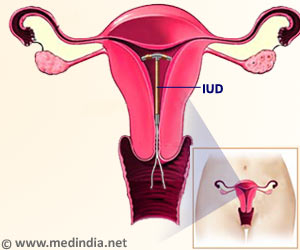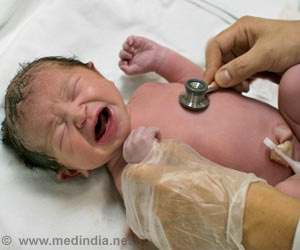A new study sheds light on how a pregnant mother's exposure to environmental contaminants may cause frequent, vigorous foetal motor activity

The study of 50 pregnant women found detectable levels of organochlorines in all of the women participating in the study-including DDT, PCBs and other pesticides that have been banned from use for more than 30 years.
Janet A. DiPietro, PhD, lead author of the study and Associate Dean for Research at the Bloomberg School of Public Health and her colleagues followed a sample of 50 high- and low- income pregnant women living in and around Baltimore, Maryland.
At 36 weeks of pregnancy, blood samples were collected from the mothers and measurements were taken of foetal heart rate and motor activity. The blood samples were tested for levels of 11 pesticides and 36 polychlorinated biphenyl (PCB) compounds.
According to the findings, all participants had detectable concentrations of at least one-quarter of the analyzed chemicals, despite the fact that they have been banned for more than three decades.
Foetal heart rate effects were not consistently observed across all of the compounds analyzed; when effects were seen, higher chemical exposures were associated with reductions in foetal heart rate accelerations, an indicator of foetal wellbeing.
Advertisement
These chemicals included hexachlorobenzene, DDT, and several PCB congeners. Women of higher socioeconomic status in the study had a greater concentration of chemicals compared to the women of lower socioeconomic status
Source-ANI







